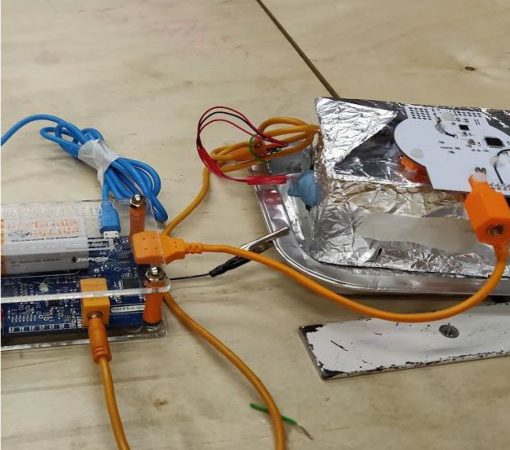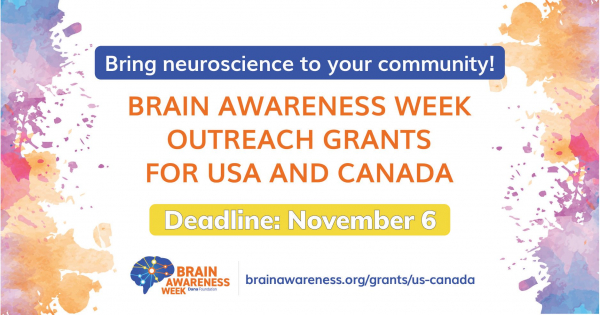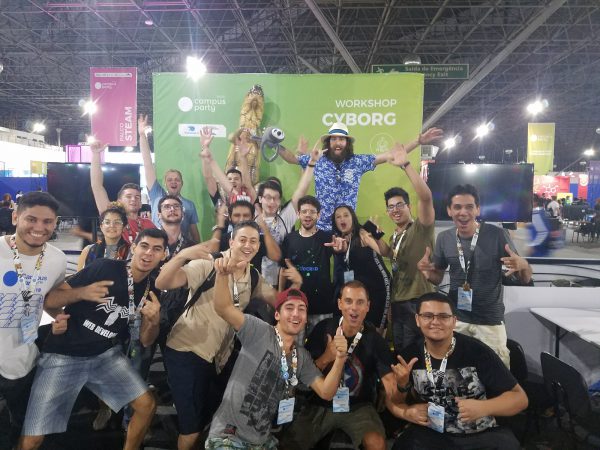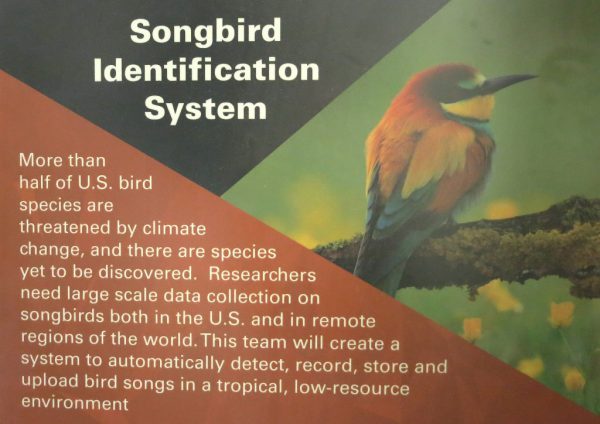-
 ExperimentWe’ve been doing it for 10 years already: connecting two humans so that one uses their own brain signals to control the other one’s limb. But how about hooking up two limbs of a single human so that one limb can control the other? This is exactly what Gianni Garulli, a hardware and firmware developer from […]
ExperimentWe’ve been doing it for 10 years already: connecting two humans so that one uses their own brain signals to control the other one’s limb. But how about hooking up two limbs of a single human so that one limb can control the other? This is exactly what Gianni Garulli, a hardware and firmware developer from […] -
 EducationWe could be living through the 6th mass extinction, but there’s encouraging news: the preservation of insect biodiversity begins in our backyards. And it doesn’t need all of us to be Jane Goodalls. All we need is a cheap ERG bioamplifier, a smartphone, some patience, and as little (or as much!) scientific training as we […]
EducationWe could be living through the 6th mass extinction, but there’s encouraging news: the preservation of insect biodiversity begins in our backyards. And it doesn’t need all of us to be Jane Goodalls. All we need is a cheap ERG bioamplifier, a smartphone, some patience, and as little (or as much!) scientific training as we […] -
 EducationAre you a member of an organization or institution committed to celebrating the wonders of the brain and bringing them from academic heights down to your local community? If yes, now is the time to apply for Brain Awareness Week (BAW) Outreach Grants for US and Canada! Grantees will be awarded up to $1,500 that they […]
EducationAre you a member of an organization or institution committed to celebrating the wonders of the brain and bringing them from academic heights down to your local community? If yes, now is the time to apply for Brain Awareness Week (BAW) Outreach Grants for US and Canada! Grantees will be awarded up to $1,500 that they […] -
 EducationBefore I spill the Feijoada about Backyard Brains’ awesome experience at Campus Party Brazil, I should mention that I firmly believe that education can save the world. I should also mention that in regards to our brains, according to neuroscience research, your education lasts your entire life. I’ll cut to the chase: my recent Brazilian […]
EducationBefore I spill the Feijoada about Backyard Brains’ awesome experience at Campus Party Brazil, I should mention that I firmly believe that education can save the world. I should also mention that in regards to our brains, according to neuroscience research, your education lasts your entire life. I’ll cut to the chase: my recent Brazilian […] -
HardwareWhy buy, when you can build? Madhu Govindarajan of MathWorks recently used one of our old products to make his very own heart rate detector. The Heart & Brain SpikerShield (recently replaced by our Heart and Brain SpikerBox) was designed to help the user view and record the action potentials of their heart easily, and […]
-
 EducationAcoustic Wildlife Recording promotes Citizen Science! Here at Backyard Brains, we are all about citizen science, or the idea that the scientific community benefits from the collaboration with members of the general public for collecting and analyzing information about the natural world. Very DIY, very much the “for everyone” in our slogan. In 2017, Backyard Brains […]
EducationAcoustic Wildlife Recording promotes Citizen Science! Here at Backyard Brains, we are all about citizen science, or the idea that the scientific community benefits from the collaboration with members of the general public for collecting and analyzing information about the natural world. Very DIY, very much the “for everyone” in our slogan. In 2017, Backyard Brains […]